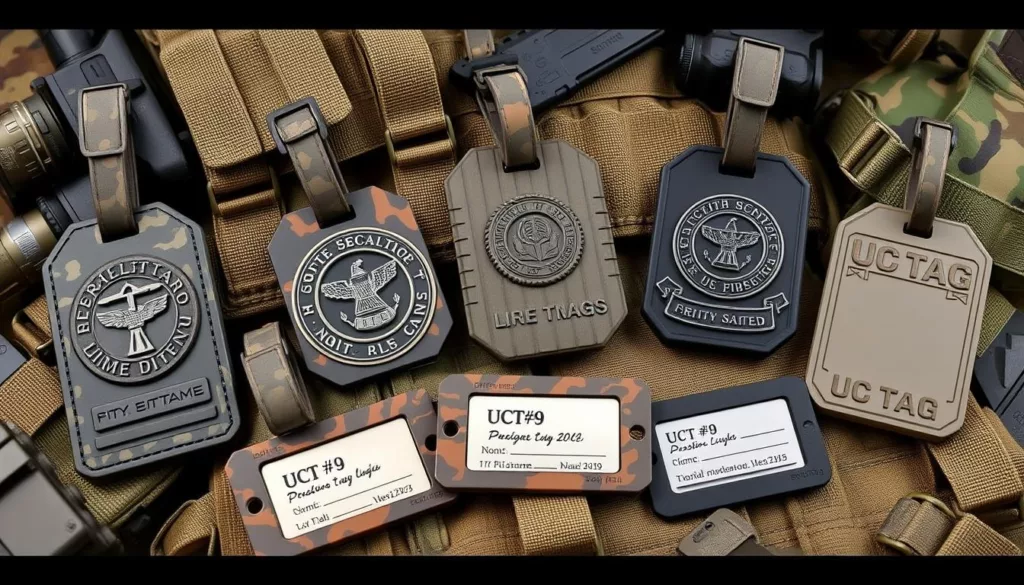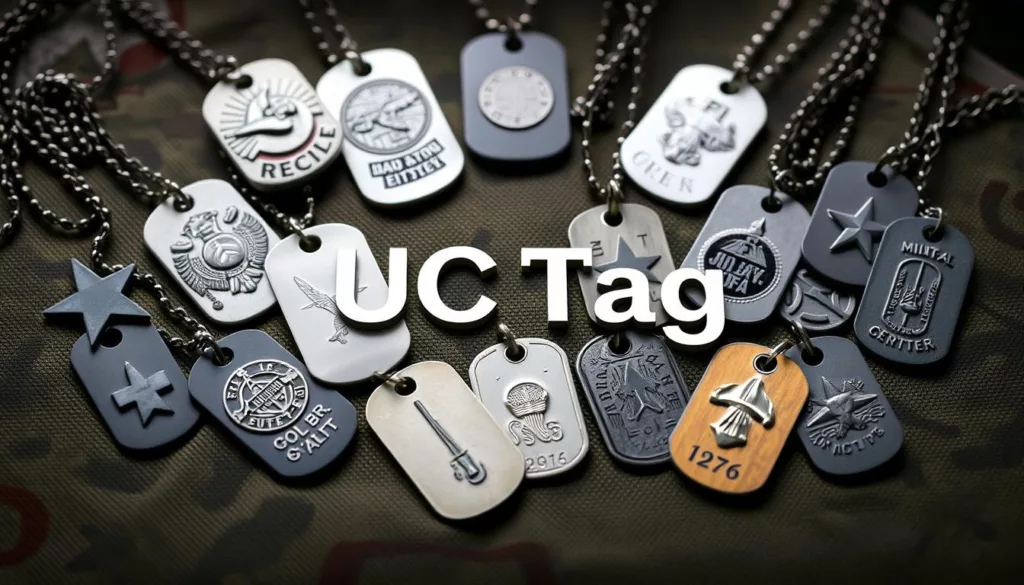Introduction
“Why soldiers wear dog tags” dates back to practical needs and has evolved into powerful symbols of identity and sacrifice. UCtag is a leading metal label manufacturer, providing OEM/ODM, customization and wholesale services. Their expertise reflects the craftsmanship embedded in dog tag creation, balancing durability and significance.
From Battlefield Browbands to Metal Tags
Early Origins
Soldiers worried about being buried unidentified long before modern warfare. During the American Civil War (1861–1865), they improvised by pinning paper labels or carving names into belt buckles.
Prussian Innovation
In 1869, following heavy losses in the Franco-Prussian War, Prussia mandated steel “Erkennungsmarke” (recognition marks), nicknamed Hundemarken or dog tags.
WWI and Universal Adoption
By WWI, formal ID discs were standard—Britain introduced aluminum discs in 1907, and the U.S. Army officially issued tags starting in 1906, requiring two tags by 1916 (one to stay with the body, one for burial records).
WWII, Notches & Medical Details
In WWII, dog tags became nickel–copper rectangles with notches designed for imprinting machines—not battlefield myths.
Their details—name, serial number, blood type, religion—became vital for identification, treatment, and POW tracking.
Evolution into Modern ID Tags
Today, military IDs include sensitive info and variable formats:
- U.S. tags carry name, DoD ID, blood group, religious preference.
- Tag formats vary globally (Canada’s breakable discs, China’s two-tag with QR code, Germany’s stainless steel ovals).
Symbolism Beyond Identification
Dog tags represent more than IDs:
- Individual identity & remembrance: small metal tokens that say “I was here.” For families of fallen soldiers, they’re powerful memorials.
- Brotherhood & sacrifice: part of battlefield rituals (e.g., tags hung on rifles at memorial sites).
- Cultural icon: they’ve influenced civilian medical alert tags, athlete IDs, even fashion and jewelry (luxury gold dog tags).
FAQs
Q: What is the purpose of military ID tags?
A: Primarily to identify wounded or fallen soldiers and manage medical response (blood type, allergies), and streamline POW records.
Q: When did the term “dog tags” originate?
A: It stems from the Prussian “Hundemarke” and the tags’ resemblance to canine ID discs—hence the enduring nickname.
Q: Do all countries use dog tags?
A: Yes. While formats differ—some use two breakable discs, others single—but all serve identification, record-keeping, and symbolic roles.
Final Thoughts & CTA
For over a century, soldiers have worn dog tags for identification, safety, and emotional connection. Their evolution—from early improvised labels to standardized metal discs—demonstrates a blend of operational necessity and human meaning. UCtag continues this legacy by manufacturing expertly crafted dog tags tailored to modern needs.
Call to Action:
Interested in producing high-quality custom dog tags with precision and durability? Contact UCtag for customized OEM/ODM metal labels and wholesale services. Our craftsmanship honors the rich history and symbolism of military ID tags.




